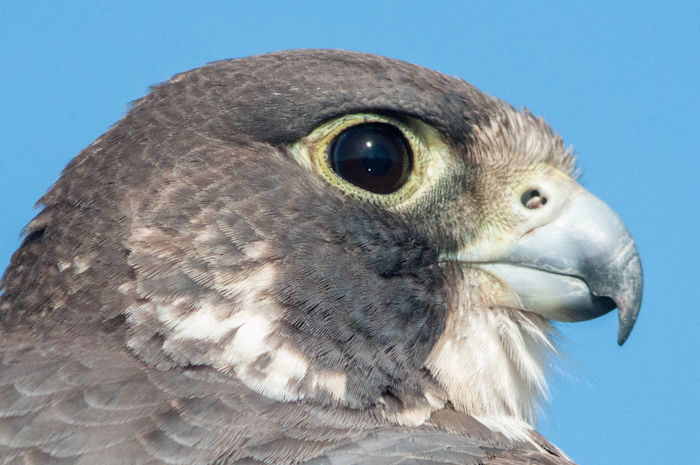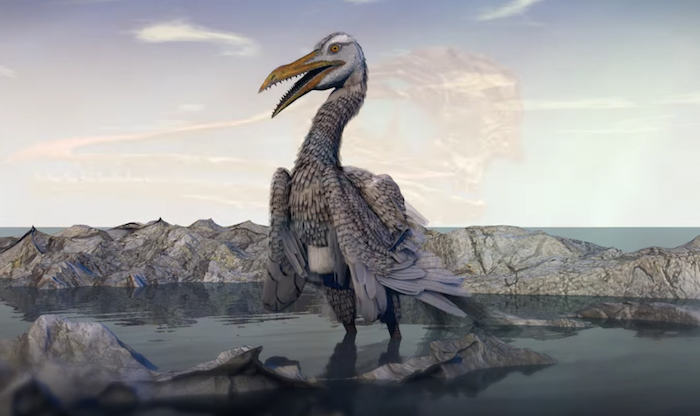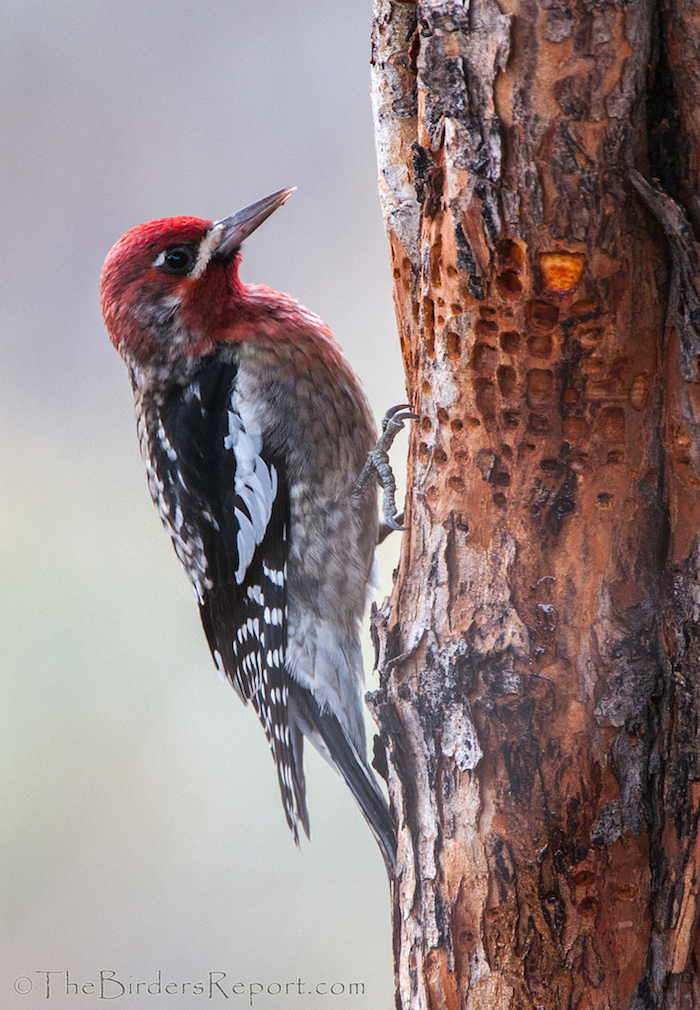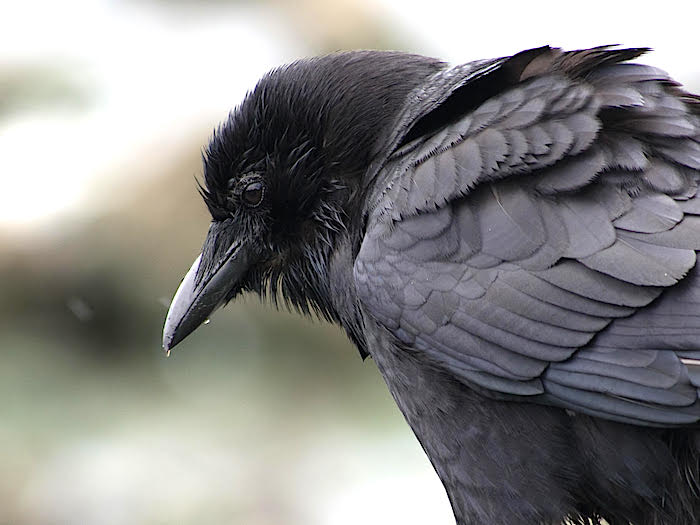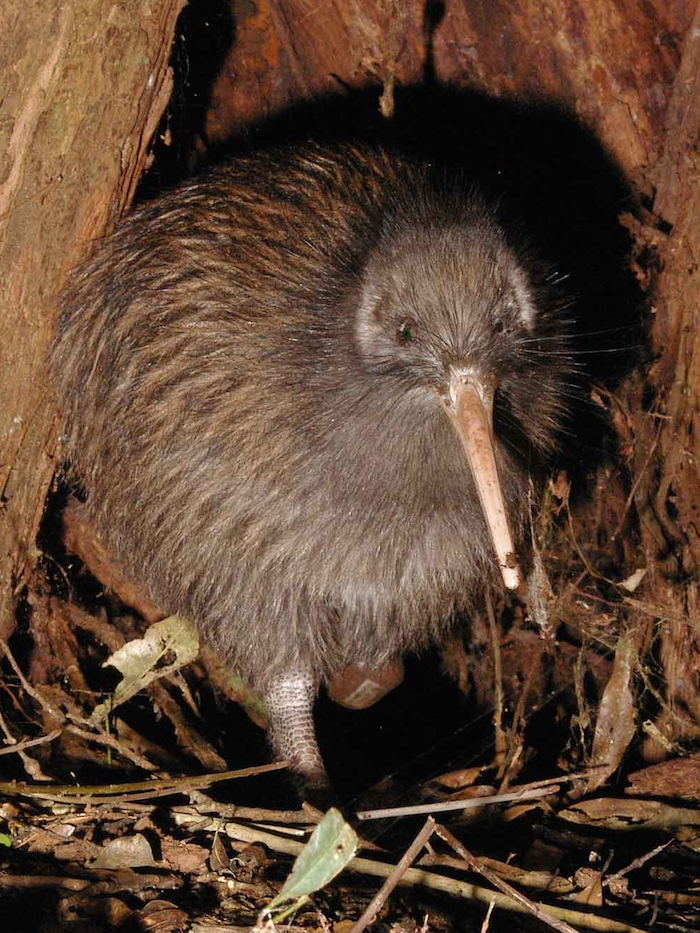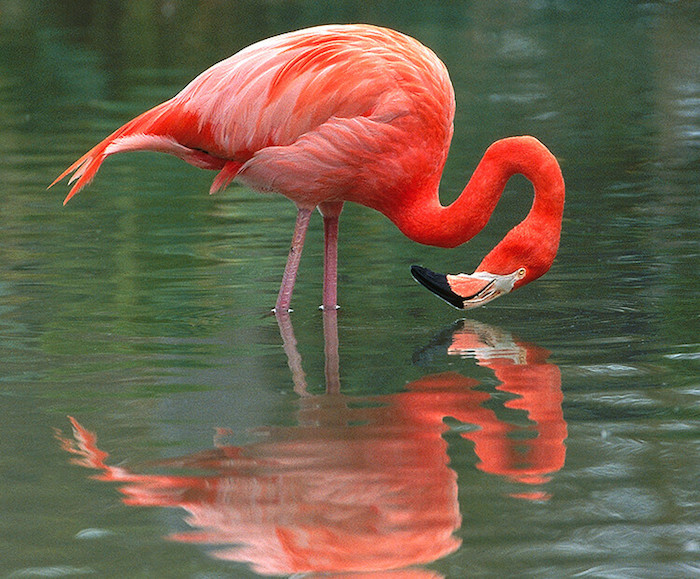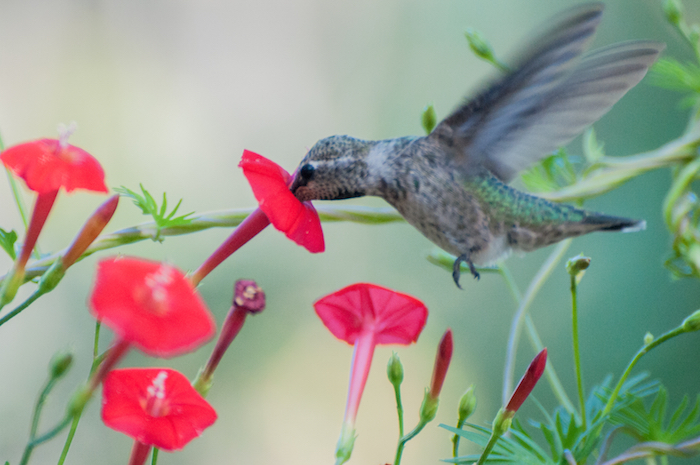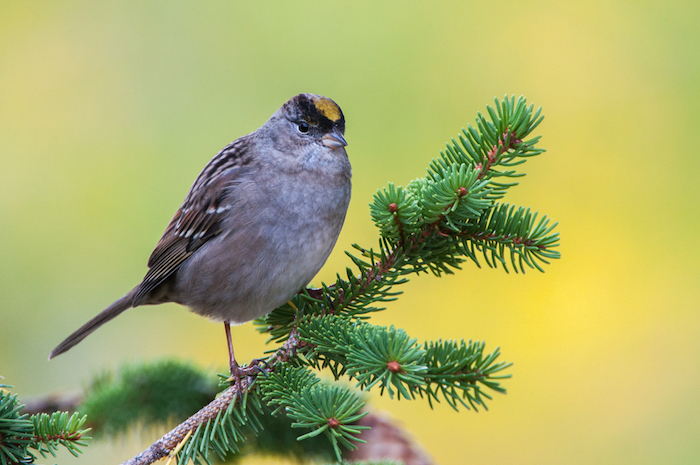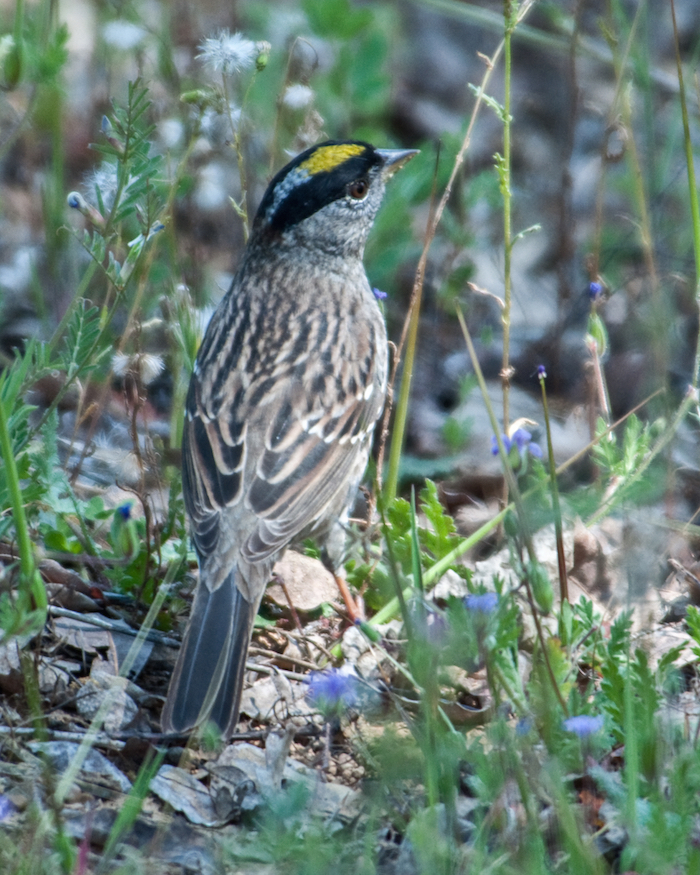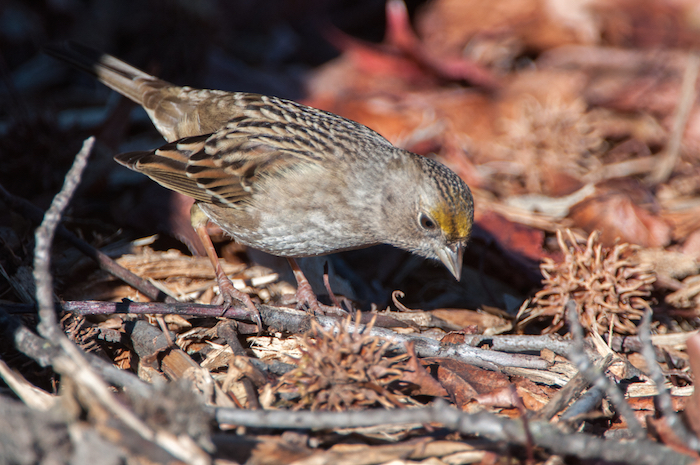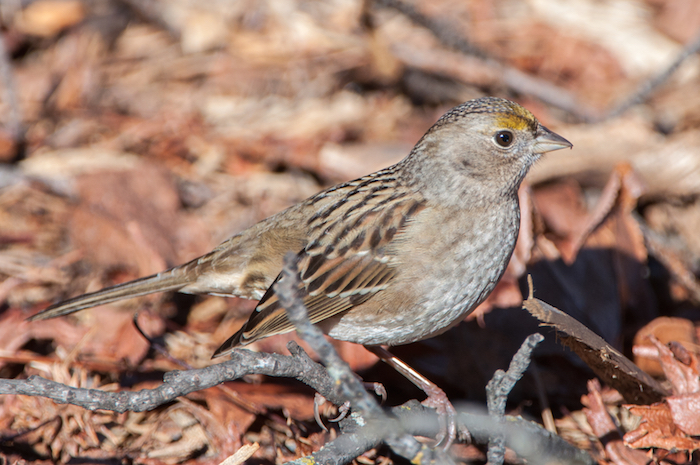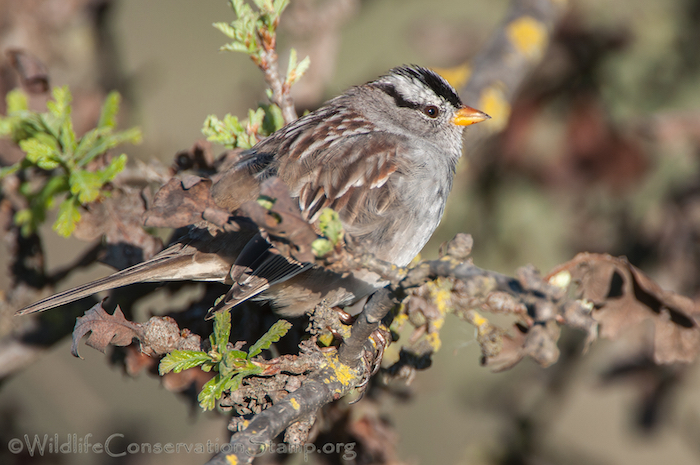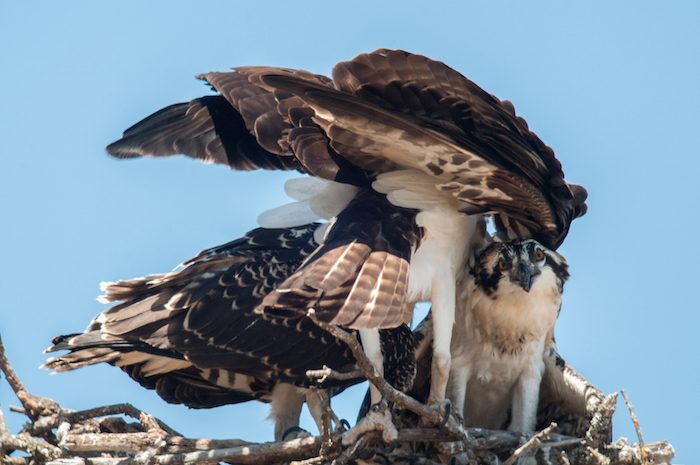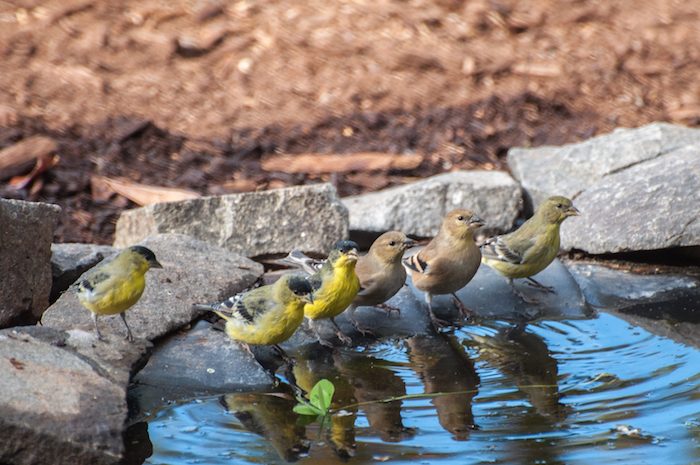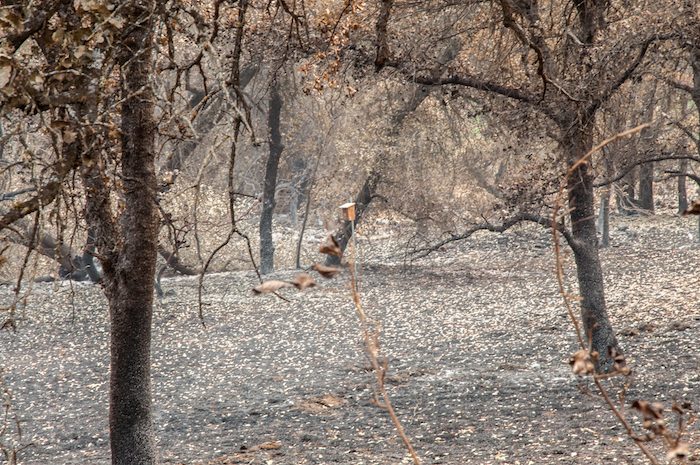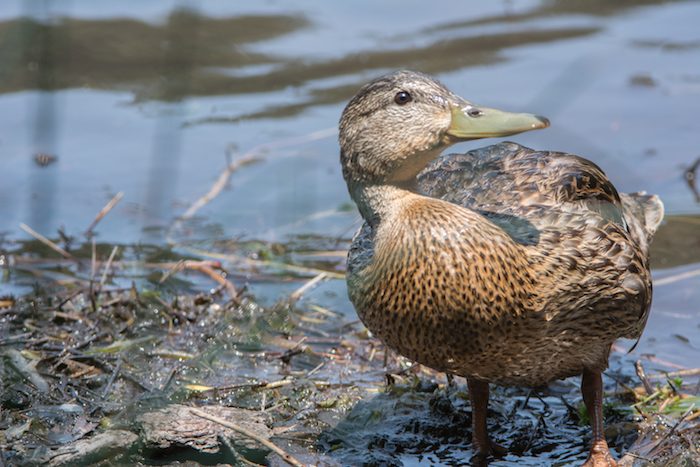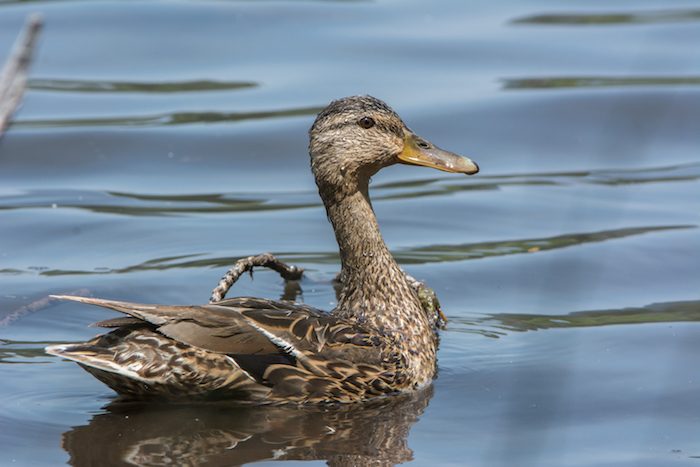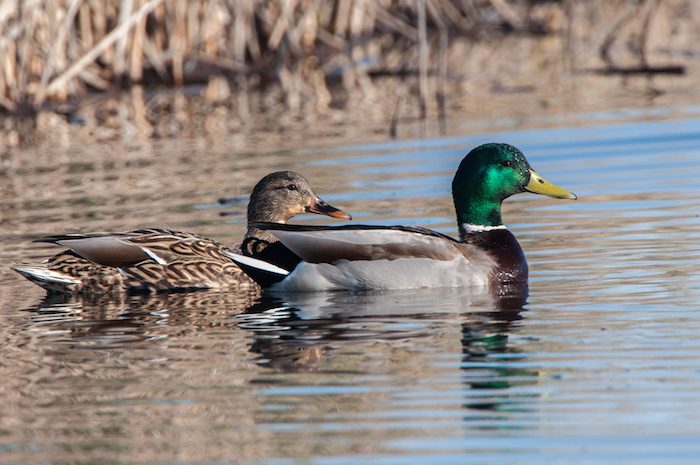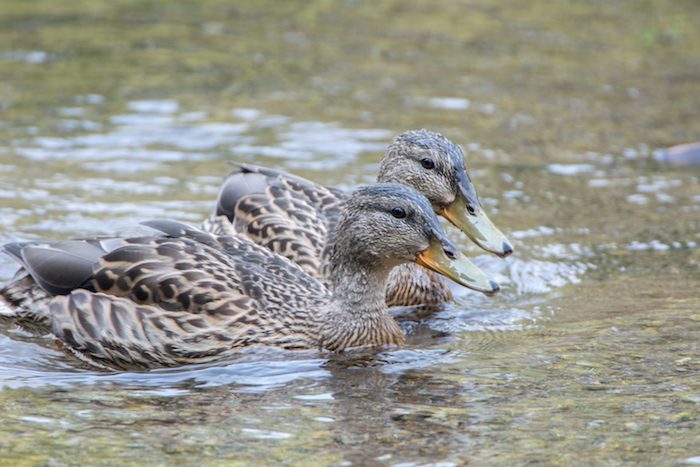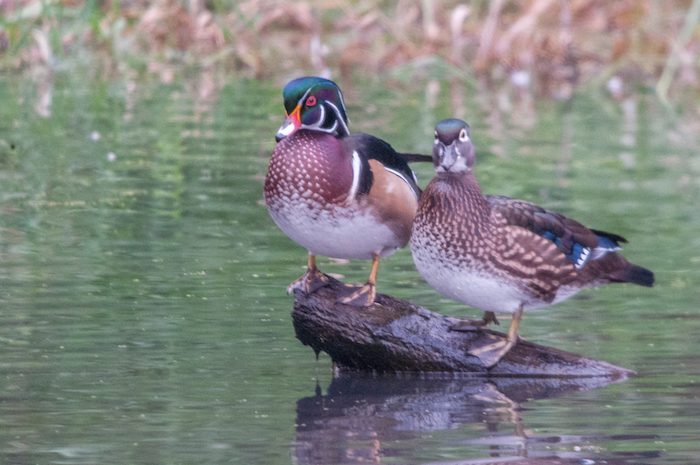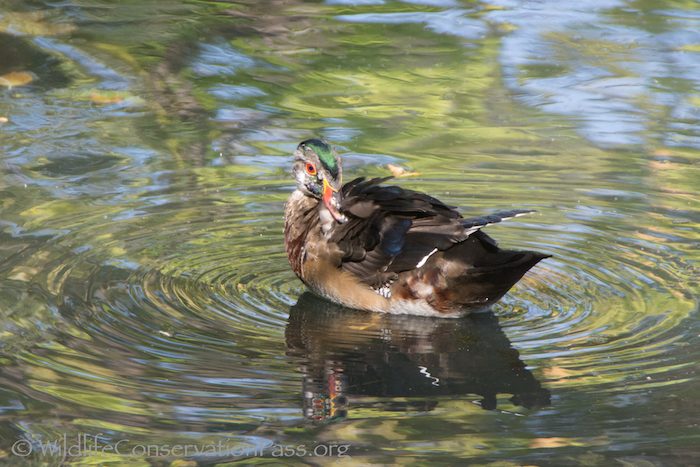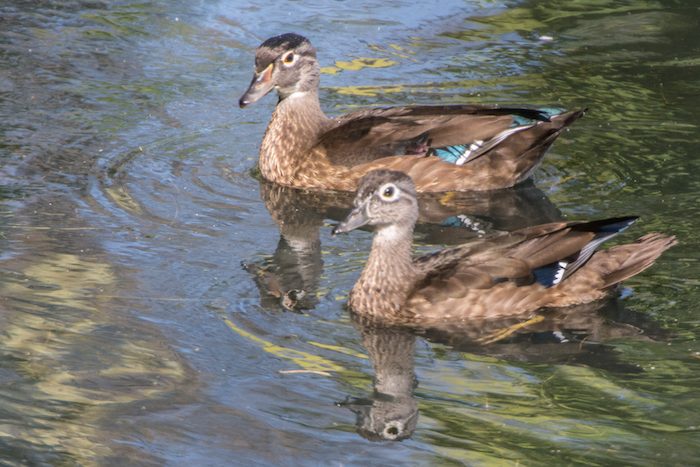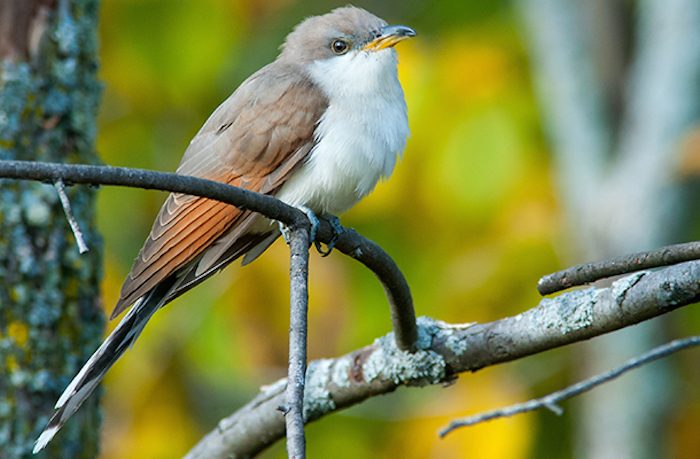
Yellow-billed-Cuckoo photo by Paul Sparks
Weakened Wildlife Protections May Lead to Loss of Western Yellow-billed Cuckoo
(Washington, D.C., December 18, 2018) The current Administration is on the cusp of finalizing a set of rules to weaken the Endangered Species Act (ESA), and a new report out today lists ten animals threatened by the Administration’s existing and proposed policies. The Western Yellow-billed Cuckoo, as well as the California Condor, the West Indian Manatee and other mammals, two sea turtles, an amphibian, and a rare bumble bee, are listed in the report, “Extinction Plan,” released by the Endangered Species Coalition, American Bird Conservancy, and partners.
The Western Yellow-billed Cuckoo is found in increasingly isolated patches of habitat in 12 western states, from the West Coast east to Texas. Unlike Old World cuckoos, which are nest parasites that lay their eggs in other birds’ nests, the Yellow-billed Cuckoo raises its own young, and both parents participate equally in chick-rearing.
Estimated to have a population of fewer than 2,000 individuals, the Western Yellow-billed Cuckoo was listed as a Threatened species under the ESA in 2014. But loss of nesting habitat along rivers and streams continues, even as the Administration proposes to remove the Western Yellow-billed Cuckoo from the endangered species list.
“In spite of the 2014 addition of the Western Yellow-billed Cuckoo to the ESA, no critical habitat has ever been designated to support the bird’s recovery, and the population has not had a chance to recover to a safe level,” said Steve Holmer, Vice President of Policy for American Bird Conservancy. “Meanwhile, water diversions, housing developments, and pesticide spraying on fields near breeding habitat continue to endanger the remaining birds. It is crucial that ESA protection remain in place and that critical habitat is protected or restored.”
The Administration’s proposed changes to the Endangered Species Act would affect the cuckoo and all listed species, as well as those that might require ESA listing in the future. For example, the changes would:
- Make it much more difficult to protect species impacted by climate change.
- Make it harder to list a new species and easier to remove those now on the list.
- Make it harder to designate critical habitat for threatened and endangered wildlife.
- Reduce protections for threatened species.
Although the Administration and some members of Congress have sought to weaken the Act, public opinion research indicates that the law continues to maintain broad, bipartisan public support. A 2015 poll conducted by Tulchin Research found that 90 percent of American voters across all political, regional, and demographic lines support the Endangered Species Act.
The ESA was a landmark conservation law that passed with overwhelming bipartisan support: 92-0 in the Senate, and 394-4 in the House, and signed by President Richard Nixon 45 years ago on December 28.
In 2017, American Bird Conservancy and more than 400 other organizations signed a letter to members of Congress opposing efforts to weaken the ESA, noting that the law has a 99 percent success rate and has brought back species from the Bald Eagle to the Humpback Whale. ABC’s report on the success of the ESA is available here.
Endangered Species Coalition’s member groups nominated species for the “Extinction Plan” report. A committee of distinguished scientists reviewed the nominations, and decided which species should be included. Please see the full report, along with photos and additional species information.
The Endangered Species Coalition produces a “Top 10” report annually, focusing on a different theme each year. Previous years’ reports are also available on the Coalition’s website.
###
American Bird Conservancy is a non-profit organization dedicated to conserving birds and their habitats throughout the Americas. With an emphasis on achieving results and working in partnership, we take on the greatest problems facing birds today, innovating and building on rapid advancements in science to halt extinctions, protect habitats, eliminate threats, and build capacity for bird conservation. Find us on abcbirds.org, Facebook, Instagram, and Twitter (@ABCbirds).

